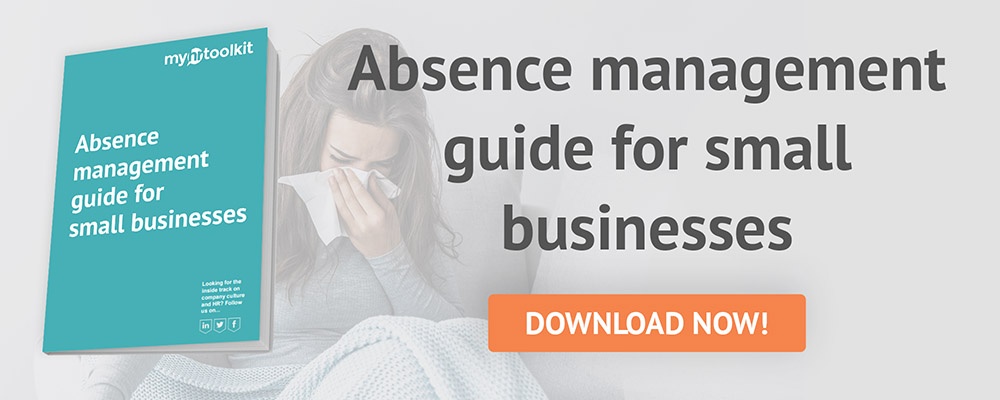When you're taking steps to monitor and manage absence in your organisation, it's also useful to look out for other unhealthy approaches towards leave that may be harder to spot without consideration. In this article we discuss leaveism. The concept isn't very well-known, but many employers and HR professionals may recognise it in their own cohort.
What is leaveism?
Leaveism refers to a variety of situations where employees use their leave for work-related purposes. It comes in different forms, including:
- Employees working outside their contracted hours (taking work home). This can include checking and responding to emails and calls etc.
- Employees taking holiday instead of sick leave (or using another form of leave for sick leave, such as banked flexitime hours or rest days).
- Employees using annual leave to catch up on or do extra work.
In relation to this, employees may not be taking their full leave allocation because they have too much work to do. See our blog post on encouraging staff to take annual leave to find out more about this issue.
The statistics on leaveism
According to the CIPD Health and Well-being at Work 2019 report, nearly two-thirds of their survey respondents reported observing a form of leaveism within a 12 month period.
The report concludes that "these are likely to be signs of underlying organisational issues affecting people’s health and well-being."
Why is leaveism a problem?

Everyone has busy times when they may need to work a bit of overtime or take shorter breaks. It's when this becomes the norm that problems arise.
Leaveism is a sign of staff being overworked, which can lead to increased levels of stress and even burnout. As one of the biggest causes of long-term absence according to the Health and Well-being at Work report, stress isn't something employers can take lightly.
Learn more: How to reduce employee stress at work for better productivity
Absenteeism and presenteeism
There are concepts related to leaveism that are far more well-known: absenteeism and presenteeism. They can be basically defined as the following:
- Absenteeism: an employee taking sickness absence when they are well enough to work.
- Presenteeism: an employee working when they are in fact too ill to do so.
As you can see, absenteeism and presenteeism are two sides of the same coin; staff are either not working when they should be, or working when they shouldn't be. Leaveism is a more subtle issue that may avoid detection if you're not looking out for it, but it's just as important to address to ensure staff remain healthy and happy in their job.
Learn more: Remote workers and e-presenteeism: how to manage it
How to address leaveism

There are ways to address leaveism in your organisation that will help lead to a happier, healthier and more productive workforce. Try the following tips:
Do line managers know the signs?
Managers are key drivers of change within an organisation; if you give them training, they can learn to spot the signs of leaveism in their team and encourage healthier working behaviours in staff.
Review your paid sick leave policy
Do you offer a certain number of contractually paid sick days per year for staff? Having a bank of these days available may discourage employees from other types of paid leave instead when they are too ill to work. This can also discourage presenteeism.
Learn more: Top tips for staff absence management
Consider workloads and cover training
Do certain employees have high workloads and/or responsibilities nobody else can take on if they were to go on holiday or a training day? If someone always has too much work to do, or responsibilities nobody else can undertake, then fully switching off outside of work will become more difficult.
Tracking holidays with HR software
If you're concerned about ensuring staff take all the annual leave they are entitled to, HR software can help. With a staff holiday planner, you can easily see how many days an employee has left to book and encourage staff to book their holidays throughout the year.
Find out more about how holiday management software can help your business.
More from myhrtoolkit
Webinar: How digital presenteeism is affecting your workforce

Written by Camille Brouard
Camille is a Senior Marketing Executive for myhrtoolkit who writes on topics including HR technology, workplace culture, leave management, diversity, and mental health at work.


 Holiday Planner
Holiday Planner Absence Management
Absence Management Performance Management
Performance Management Staff Management
Staff Management Document Management
Document Management Reporting
Reporting Health and Safety Management
Health and Safety Management Task Management
Task Management Security Centre
Security Centre Self Service
Self Service Mobile
Mobile





